Growing orange ginura at home, care tips
An easy-to-care indoor plant orange ginura (Gynura aurantiaca) is loved by many flower growers for its beautiful foliage color. It is used as an ampelous plant, because as it grows, long lashes go down. If you create suitable conditions for this flower, it will decorate the interior for many years without much hassle with it.
Description of the plant
Ginura orange is a plant with long stems that grow up to 1 meter. The whips droop down under the weight of the foliage. The leaves are dense, green in color, alternate and serrated with pointed edges. The upper part of the leaf and the top of the stem are covered with hairs of a purple or purple hue, which makes the whole plant look unusually bright in bright light or at a certain angle. Young leaves are more dissected, their color is brighter, they seem velvety and soft. Older leaves are not as attractive. So that the plant does not lose its decorative effect, its rejuvenation is carried out as necessary.
Ginura blooms occasionally, becoming covered with flowers that look like dandelions not fully blossoming. The flower petals are yellow or orange, which is why ginura is called "orange". The flowers do not look the most attractive, they also smell unpleasant up close. When buds appear, it is recommended to remove them.
Ginura orange is poisonous. When it multiplies, transplants or rejuvenates, one must be careful and wear gloves. Small children and pets should be kept away from this plant.
Growing conditions
At home, this indoor flower will need the brightest place. In the shade, the lashes stretch out, the internodes become long, and the flowers become smaller. East and southwest windows are best suited. You can also grow ginura on the south window, but in summer you will have to shade it from the bright sun so that there are no burns on the leaves. In winter, due to the short daylight hours, additional lighting is required.
The temperature of the content should be in the range of 20-25 ° C. In winter, if additional illumination is possible, maintain the same temperature. Ginura tolerates dry air well, but if in winter the bowl is close to the battery, then it is placed on a pallet with wet expanded clay, and water is added as it dries. In very dry air in winter, it is recommended to put a humidifier near the plant.
If there is no possibility of additional highlighting, then the ginura is transferred to a cooler room, where the thermometer is kept within + 15 ° C. In this case, water is rarely and little by little. With excess moisture at low temperatures, root decay is likely.
The soil is required loose and nutritious. When preparing it yourself, you should observe the following proportions:
- 1 part of leafy or sod land;
- 1 part of humus;
- ½ part of coarse river sand.
Care
Ginura care is standard - watering, feeding and rejuvenating pruning.
Water should only be watered with settled water. To weather the chlorine, tap water is defended for 24 hours. The water should be at room temperature or slightly warm. When watering with cold water, old leaves can fall off, thereby exposing the base of the plant.
Water at the root, trying to prevent water drops from falling on the leaves. Only the top layer of the soil should dry out between waterings. The entire earthy coma should not be allowed to dry out.
Important!
Due to the villi on the foliage, you cannot spray ginura. This will lead to unsightly stains and, in some cases, leaf rot.
At home, dust removal can be done in several ways:
- soft wide brush;
- with a hair dryer;
- occasionally you can wash it under the shower, but only if the room is warm and the foliage dries quickly. After water procedures, moisture from the plant must be gently shaken off. This procedure cannot be abused.
If at home ginura grows without a rest period, then feeding is carried out 4 times a year. Fertilized with a universal complex mineral fertilizer. If the room light is insufficient and a dormant period is created for the plant, then fertilizers are applied only twice: in spring and in mid-summer.
To make the crown of the plant more lush, pinch the tops of the lashes. This is done when the stems grow to the desired length. After pinching, new shoots will begin to grow from the leaf axils.
Rejuvenation
If the ginura has lost its attractiveness, the foliage has become smaller, the old leaves have changed color, then a rejuvenation procedure should be carried out. Anti-aging pruning is carried out even if the room lighting is not bright enough, the flower has been in such conditions for a long time and is too stretched. When pruning, 3-4 internodes are left on the lash, and everything else is cut off. You can also remove old leaves that are closer to the roots. Only one old sheet can be removed from one stem.
It is desirable to combine rejuvenating pruning with a transplant. The dish is taken a little larger, and the roots are freed from the old earth only partially. A drainage layer must be placed on the bottom of the bowl.
If ginura is already many years old, then instead of a rejuvenating procedure, you can grow a new one instead of an old plant.
Reproduction
Indoor ginura reproduces easily at home. Breeding is best done in spring, summer or autumn - until mid-September.
Propagated by cuttings:
- cut off the top from a young shoot - it is necessary that there are 2-3 internodes on the cuttings;
- the bottom sheet is removed;
- the end of the cutting is placed for a few minutes in a solution of a root growth stimulator;
- the handle is placed in water so that the lower node is in the water;
- the roots will begin to grow in 1-3 weeks, depending on the light and air temperature;
- if the water becomes cloudy, it must be changed periodically;
- planting in a bowl is carried out when the roots grow 1-1.5 cm;
- the first time after planting, the soil is kept in a slightly moist state;
- after two new leaves grow, ginura care is carried out as usual.
Many cuttings suitable for propagation remain after the rejuvenation procedure.
Growing problems
Problems in growing ginura can only be under conditions that do not meet its requirements, or with improper care.
- Shoots stretch out and leaves shrink with a lack of lighting.
- Leaves lose color when there is a lack of light or when there is a need for rejuvenation.
- The leaves have lost their elasticity - it means that the watering is insufficient or, on the contrary, the plant is watered too often.
- Falling leaves - too dry air, insufficient watering, a long interval between waterings, watering with cold water.
- The plant grows slowly - lack of nutrients.
- Dry spots appear on the leaves - sunburn is likely.
- Weeping spots on foliage - water ingress in conditions of low air temperature.
Ginura at home is not susceptible to diseases, but pests can attack it: aphid, whitefly, scabbard. The fight against them must be started immediately. An insecticidal preparation suitable for the destruction of the corresponding pest is used, and the solution is prepared in accordance with the instructions.
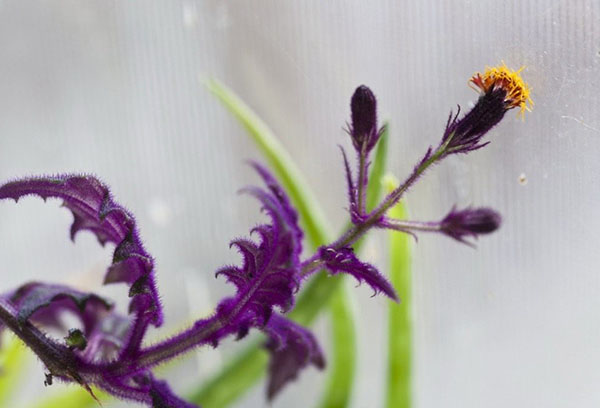
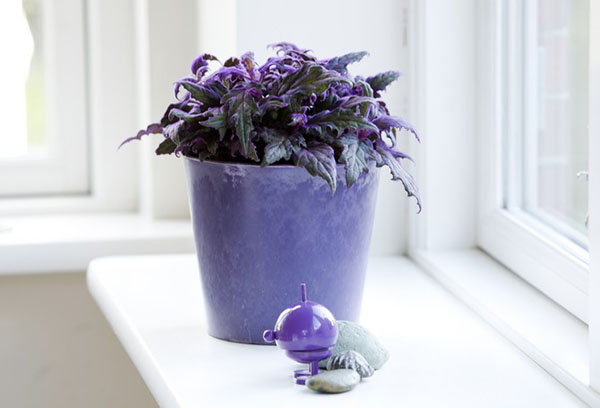
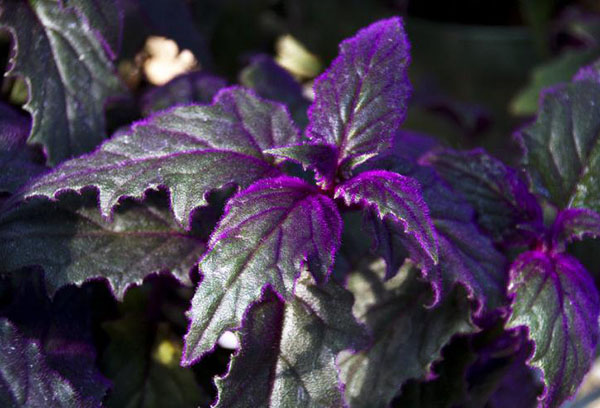
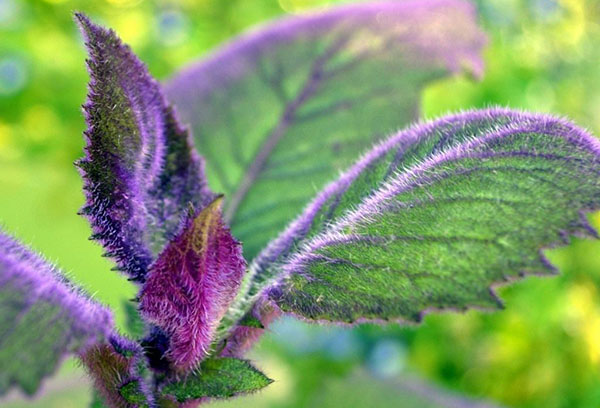
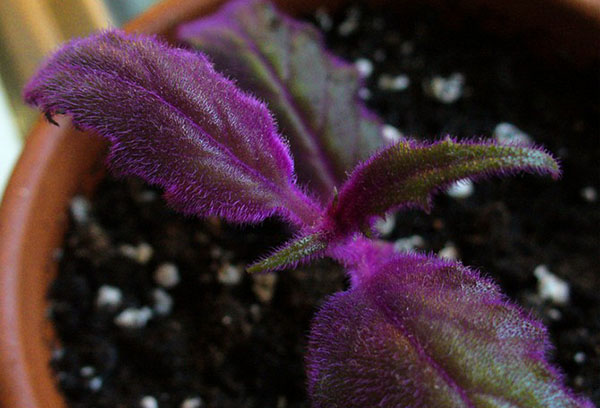
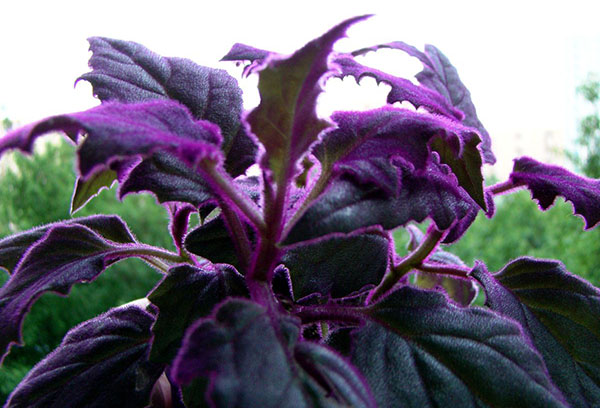
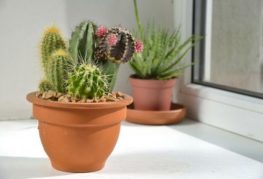
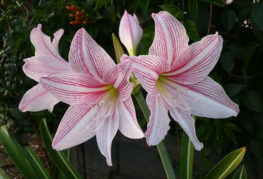
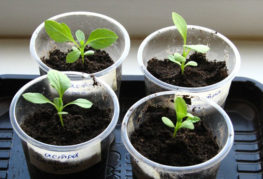

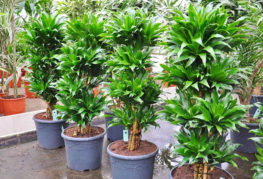
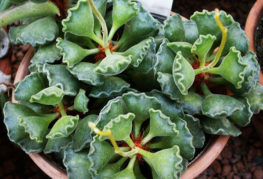
and will be published shortly.